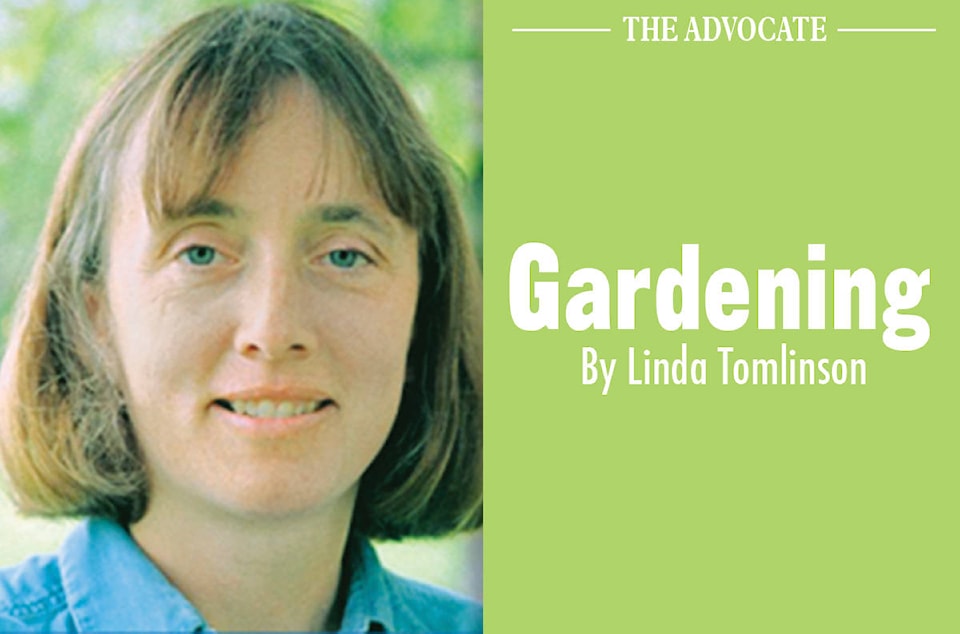Forget about the traditional date of May long for planting vegetable gardens. When to plant depends on the condition of the soil which is dependent on the garden location and style: raised, mounded or in ground, and what the seeds being planted.
A vegetable garden can be planted as soon as the soil can be worked without ruining its structure. In other words, when the soil is dry enough that it will crumble to the touch as opposed to forming a mud ball.
Gardens in sunny locations will dry faster than ones located in the shade. Likewise gardens with pourous soil will dry quicker than ones with heavy clay. Incorporating compost or other organic matter on a yearly basis will help heavy soils will improce drainage.
Sharp sand can also be added to soil to increase drainage. Get sharp sand from a reputable source as adding sand with rounded corners will turn the ground into cement. Corners in sharp sand point outwards making their own space and creating more tiny air pockets while round or smooth sand will pack into existing air spaces. If in doubt, do not add sand to the garden.
Raised gardens warm faster than traditional gardens as the sun shines on the top and sides of the containers warming them which radiates inward into the soil. The soil around a raised bed is typically a path or a mulched area that can be walked on regardless of the moisture level.
People who do not have room for a large raised bed can plant in pots. Seeds flourish if the basics of soil, nutrients, sun and moisture are met. When choosing pots, remember that the larger the container the slower it will dry out. The depth of the pot needed depends on the variety of seed planted. When planting, make sure each plant has room to grow and develop.
Mounded beds are dug yearly in either long row mounds or in beds. The soil must be dry before the beds can be made. The advantage of mound, like the raised bed, the sun warms the sides. In areas of heavy soil, the beds contain deeper, soft soil making it easy for roots to expand. The areas that are lower then become the paths.
Mounded beds are labour intensive.
The soil of a traditional bed can be worked with equipment making it easy to add organic matter and providing a soft planting medium.
Most seeds can be planted late in the fall or as soon as the soil can be worked in the spring. Seeds will stay dormant will in the soil until the soil becomes warm enough for the seeds to germinate. Seeds such as peas, spinach, lettuce, carrots, beets, parsnips, cabbage, kale, broccoli, brussel sprouts, kohlrabi and cauliflower can be planted anytime.
Beans can be planted but if they germinate during a warm period they will need to be covered if the temperature dips too low.
Corn needs a slightly warmer, drier soil. Varieties recommended for cooler climates can be planted with the rest of the garden but, it should be covered with a polyspun cloth or clear plastic to provide it with a few degrees more warmth.
Do not plant cucumbers, squash including pumpkins and zucchinis until the soil warms. These seeds tend to rot in cold wet conditions. Cucumbers in particular, hate having cold feet. Do no place transplants in the garden until the soil warms and all danger of frost is past.
Don’t wait for the long week end in May. Plant as soon as the soil is dry.
Linda Tomlinson is a horticulturalist that lives near Rocky Mountain House. She can be reached at your_garden@hotmail.com
